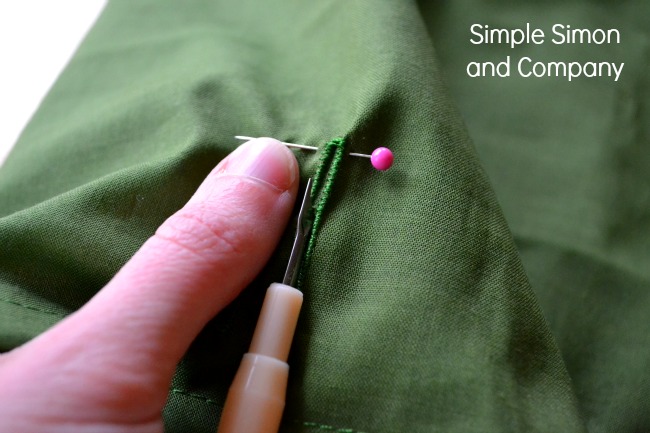The Qatar based sisters Ghada, Hend and Maha Al Subaey, have come a long way with their ready-to-wear label The Kayys. Launched in 2011, the brand will show its new, desert-themed spring/summer 2016 collection in a runway presentation today at the Vogue Fashion Dubai Experience.
The Al Subaeys are widely felicitated – they won the Young Designer prize in the 2013 Arab Woman Awards, and also had the unique experience of dressing Gwen Stefani for her performance at the Men’s Handball Tournament in Doha in March.
Their label, which is available at The Luxury Arcade in Abu Dhabi’s World Trade Center Mall, started out as many other fashion projects do: with passion, pizzazz and out-of-the-box styling concepts.
The initial Marie Antoinette-meets-Middle East designs featured plenty of frou frou, volume and bright colours. Since then, their vision has matured, cuts have simplified and styling has become more refined. Today, the sisters are known for producing chic, on-trend designs with an urban edge and minimalist undertones – statement separates that can be layered or worn solo.
The sisters place a lot of importance on detail, and structured silhouettes and intricate hand embroidery have combined to become the brand’s signature aesthetic.
“We are really honoured and excited to be part of Vogue Italia,” says Ghada ahead of their big runway show in Dubai. “We’re looking forward to a great experience – we have so much to share with everyone.” Explaining their spring/summer line, Ghada says their work was inspired by a stormy desert landscape: “Abstract lines and curves reflect the mineral formations that take place on the sand dunes, and the writings integrated resemble the desert romance, poems and songs.”
Expect a soft, earthy palette of beiges, light browns and greens, in nomadic cuts such as hooded kaftans, trench dresses and bomber-inspired jackets. Textiles will include lurex wools and organic linens, cottons and silks. The new collection also draws heavily on verses by the poet Rumi, and Arabic calligraphy will be incorporated into embroidery on the garments. The sisters are no strangers to using script in their designs. Their autumn/winter 2015 show emphasised the word “numinous”, which, coupled with Arabic text, was placed on a white sheet of fabric and tacked onto the front of a grey dress and the back of a green bomber jacket.
“Numinous means having a strong religious or spiritual quality, indicating the presence of a divinity. It is a beautiful word that has several connotations and meanings on whatever you look at in life,” says Ghada, adding that if the brand achieves international fame for a particular style, it would be one that “embraces a woman’s inner worldly spirit and natural elegance”.
credit: thenational.ae

